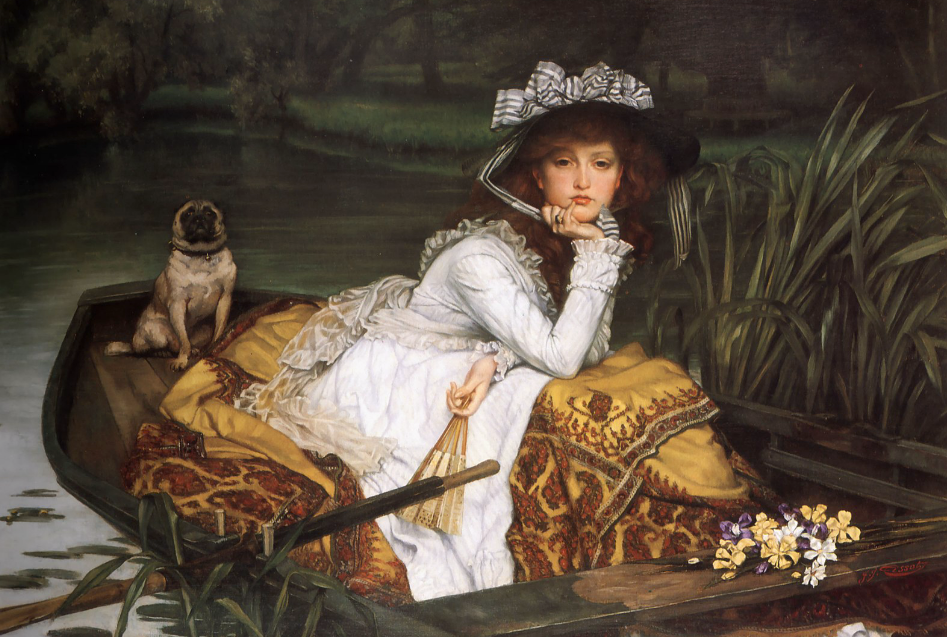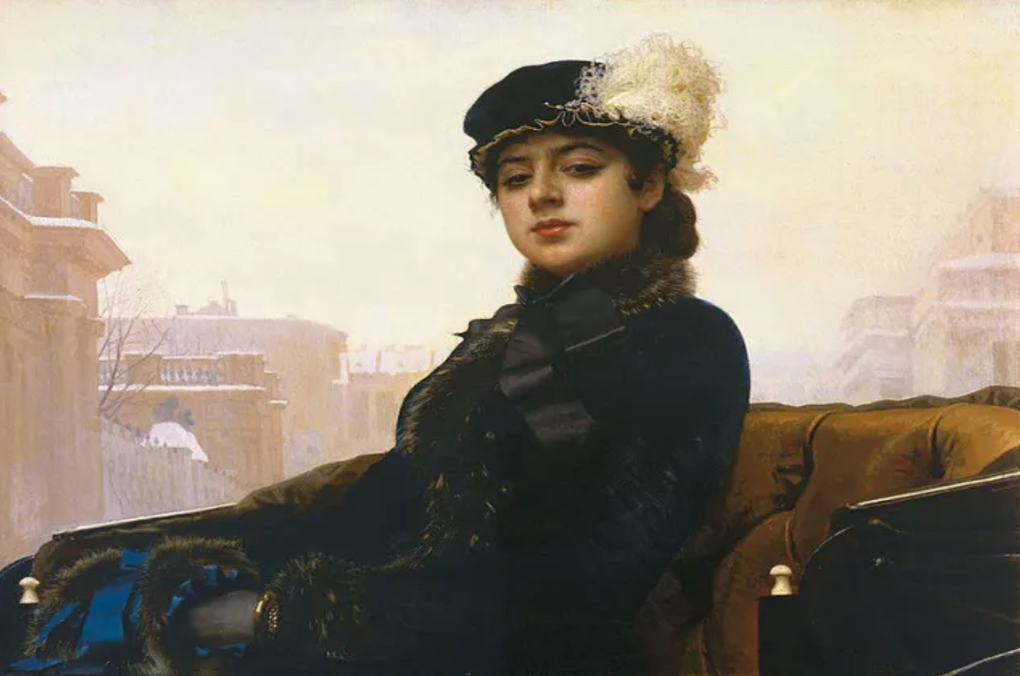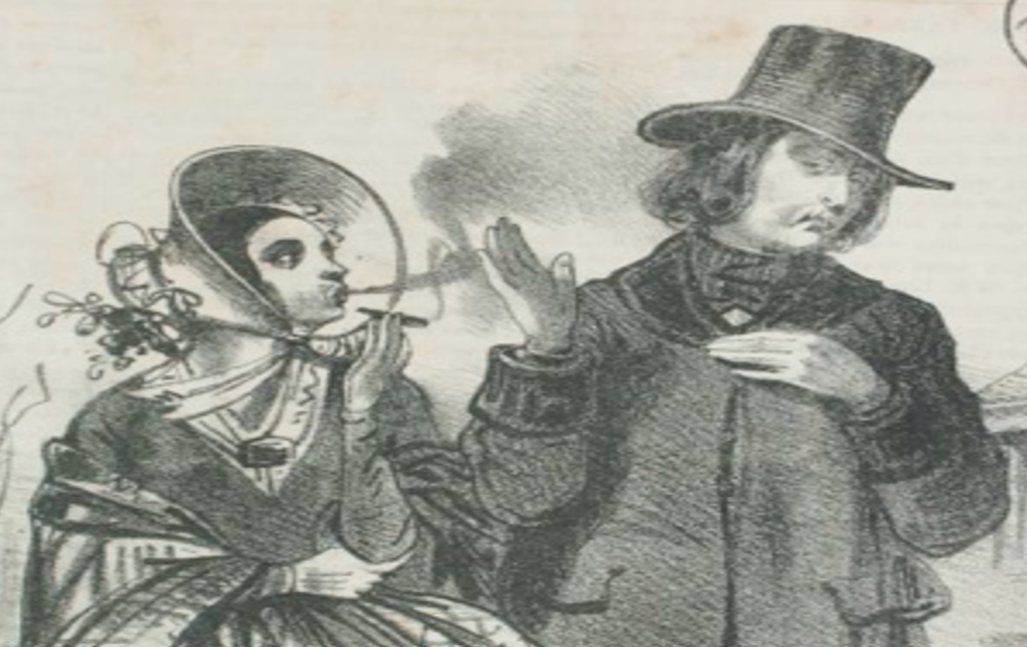By Elena Basati,
The 19th century was a pivotal period for literature, marked by profound changes, such as the rise of the novel’s popularity and the introduction of various literary movements, like Romanticism, Naturalism, and Realism. During this time, great authors emerged and published works that would leave lasting impacts on the literary world. Among these authors, Leo Tolstoy and Gustave Flaubert crafted narratives featuring “rebellious anti-heroines” in their novels, Anna Karenina and Madame Bovary. These stories explore themes of unhappy marriages, infidelity, motherhood, self-destruction, and suicide, all through the lens of an oppressive middle-upper class society.
Flaubert’s Madame Bovary
Published in 1856, Madame Bovary revolves around a young woman, Emma Bovary. Married to Charles Bovary, a well-meaning but dull provincial doctor, Emma finds herself entrapped in the banality of her marriage and in need of an escape. Despite her youthful dreams of an idyllic married life, she finds her reality disappointing. Even during her first days into her marriage she questions her choice and asks herself “Good Heavens! Why did I marry?”. Longing for a luxurious and adventurous life akin to those she has read about in novels, Emma’s dissatisfaction grows. Emma’s yearning for excitement leads her to infidelity. She engages in affairs with Rodolphe Boulanger and later Léon Dupuis, seeking to fill the void in her life. However, these relationships only deepen her feelings of despair and loss. Additionally, Emma’s reckless spending leads to significant debt, unbeknownst to her husband until it is too late. The culmination of these events exacerbates her condition to the point where she sees no escape but suicide, consuming arsenic to end her life.

Tolstoy’s Anna Karenina
Similarly, Anna Karenina, published in 1877, tells the story of its eponymous protagonist, Anna Karenina, who belongs to the Russian aristocracy. Married to Alexei Alexandrovich Karenin, a high-ranking government official, Anna feels suffocated in her marriage. Seeking solace, she embarks on a passionate affair with the dashing Count Vronsky. Their relationship becomes public, leading to Anna’s social ostracization and stigmatization. As her isolation from society and her family grows, combined with Vronsky’s wavering commitment, Anna’s despair intensifies. Her tragic suicide, by throwing herself under a train, reflects her profound hopelessness and the inescapable pressures of societal norms.
Common Themes and Societal Critique
In the novels, both Emma and Anna lead an almost non-existent life outside their marriages, and they are simply reduced to housewives. They manage to gain agency temporarily, only through their affairs. However, these relationships will only lead to further dissatisfaction and aid their decline. The protagonists’ lives are quite similar, and their endings are both tragic. Could their authors have chosen a different ending for them? What did their suicides mean?
Madame Bovary’s and Anna Karenina’s End
After meeting with her lover Rodolphe for the last time, Emma returns home aware that these are her last moments. She still avoids Charles and distances herself from him, imagining that her death will be quick and painless; “Ah! It is but a little thing, death! I shall fall asleep and all will be over”. Little did she know that her last moments would not be swift and easy, but excruciatingly painful. Flaubert would later comment on Emma’s death stating that his heroine was concerned only by materialistic needs, calling her a victim of her own unrealistic expectations. The protagonist believed her husband could not provide her the luxurious life she was dreaming of and died resenting him.

Concerning Anna’s suicide, Tolstoy chooses a different setting, louder, more crowded, and more public. The protagonist is surrounded by loads of people from the upper – middle class to aristocrats and laborers. In her last moments, Anna reflects on her sufferings and concludes that “Everything is false and evil- all lies and deceit”. She progressively loses pieces of her sanity, and the climax is her decision to jump in front of the train. After missing the first one, she manages to jump in front of the next one. During this moment, before the train crushes her, she regains her reason and questions her decision. She directly speaks to herself, feeling remorse for her actions and their consequences. At the same instant, she became horror-struck at what she was doing. “Where am I? What am I doing? Why” … “God forgive me everything!” she murmured, feeling the impossibility of struggling. But her fate was sealed, and it was already too late for her to reverse her actions.
Conclusion
These rebellious women, who seek autonomy and self-fulfillment beyond their prescribed roles, are depicted as courageous in their challenge against societal expectations. Yet, their struggle leads to profound alienation. Their suicides should not be romanticized and considered heroic sacrifices, but must be portrayed as the tragic consequences of their inability to reconcile their desires with the rigid structures of patriarchy. Their ultimate demise reflects the harsh reality that defying societal norms often results in social victimization rather than liberation. These narratives suggest that women who reject patriarchal constraints are doomed to tragic ends. Their suicides serve not as acts of resistance but as the grim consequences of an oppressive system that offers no space for autonomy. The death-suicide narrative is not a form of rebellion but rather the inevitable outcome of societal victimization. Thus, the question remains: why must women either conform to patriarchal expectations or face death in their defiance?
References
- Gustave Flaubert. Madame Bovary. Penguin Classics. London. 2002.
- Leo Tolstoy. Anna Karenina. Wordsworth Classics. Ware. 1997.




